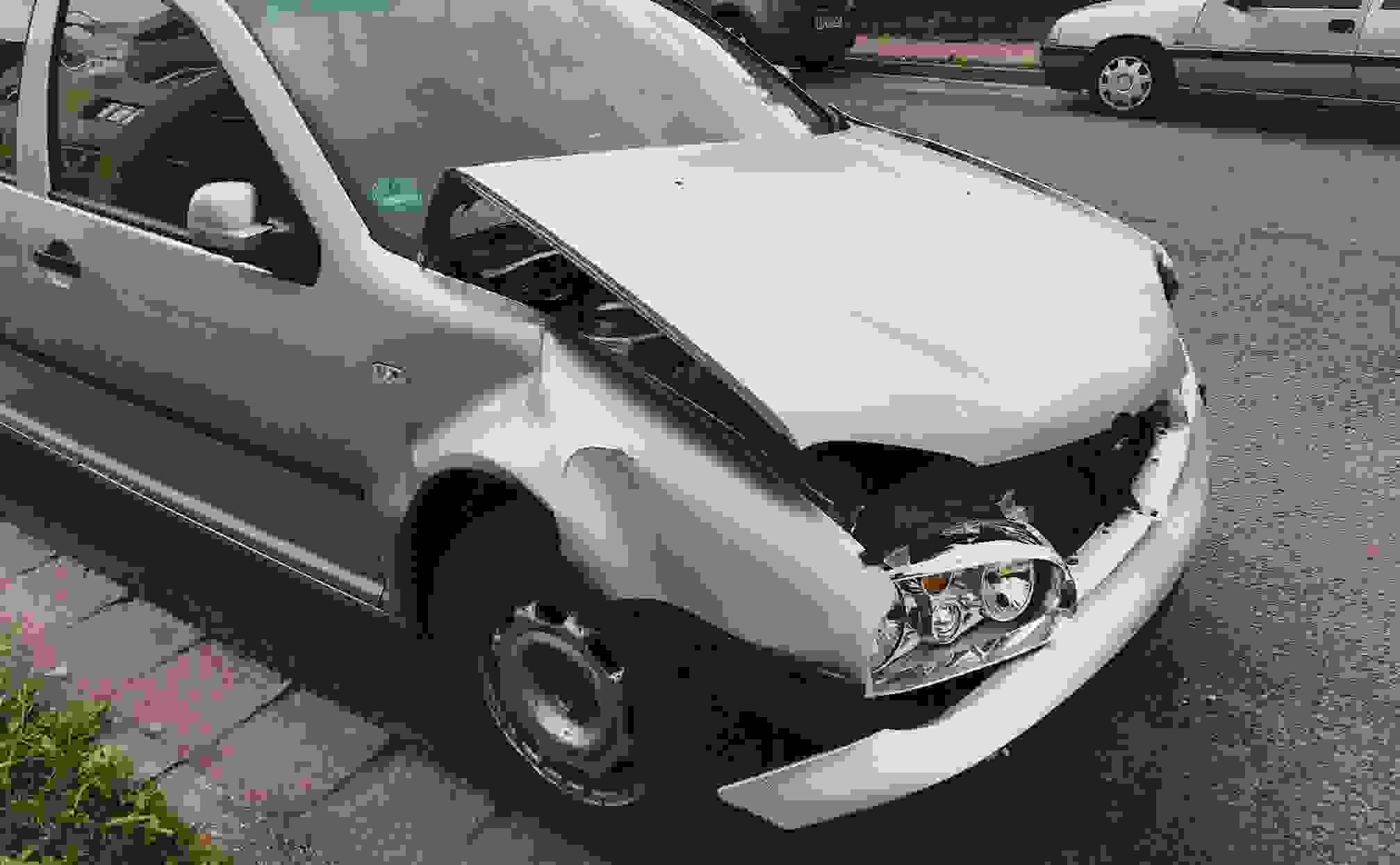Damage disclosure statements are documents that detail the monetary damages a car has suffered. These documents are required in several states, such as Iowa.
You'd think selling a car
would be simple, but in fact, there are a lot of steps and documents required: title
, bill of sale, vehicle history report, and maintenance records, among others. Some states also require an additional document called a damage disclosure statement for certain transactions. Car insurance
comparison shopping app Jerry
has what you need to know about damage disclosure statements below. RECOMMENDEDNo spam or unwanted phone calls · No long forms
What is a damage disclosure statement?
In some states, a damage disclosure statement is required at the moment of a car sale. In short, this document summarizes any damages that your car has had and expresses them in terms of monetary value.
Usually, in this statement, you will find:
The date of the inspection.
Description of the vehicle: Vehicle identification number, make, model, and year of manufacture.
Name of the vehicle owner.
Significant damages to the car: This would include repairs or replacements.
Who needs to file a damage disclosure statement?
People who live in Iowa, North Dakota, and South Dakota will need to file this document if they wish to sell their cars. The seller will need to provide this document to the buyer before the sale.
Dealerships are also required to keep copies of this document to disclose to future buyers. However, there are some exceptions as to when you need to file a damage disclosure statement.
These exceptions may include:
Trucks with a weight rating of 16,000 pounds or more.
Vehicles that are more than seven model years old.
New cars with less than 1,000 miles in true miles. (Unless they have suffered damage that exceeds 50% of the car's market value).
How are damages calculated?
When a car has suffered damages in a car accident or some other peril, it can be quantified by adding the retail value of the labor, parts, and materials used when repairing the car.
But what happens when the car is repaired in a nonconventional way? Say, the owner restored the car without taking it to any auto shop or mechanic. In this case, the damage will be calculated by taking a generally accepted autobody repair flat rate and multiplying it by the number of hours the owner spent fixing the car.
Damage disclosure statement vs. odometer disclosure statement
It might be easy for some people to mix up a damage disclosure statement with an odometer disclosure statement
, especially since states like New York require you to disclose both things within the same form. However, they are not the same. An odometer disclosure statement generally speaks to the mileage of the car. In it, the owner confirms that the mileage the vehicle reflects is correct and accurate. This document is crucial as mileage is one of the critical factors when determining the value of a car. And, unlike a damage disclosure statement, an odometer disclosure statement is required in all 50 states.
The takeaway
A damage disclosure statement is a document required in the states of Iowa, North Dakota, and South Dakota during car transactions (with very few exceptions). The document states monetary damages that the car has suffered. While sometimes merged with an odometer disclosure statement, the two are not to be confused, as both are different.

